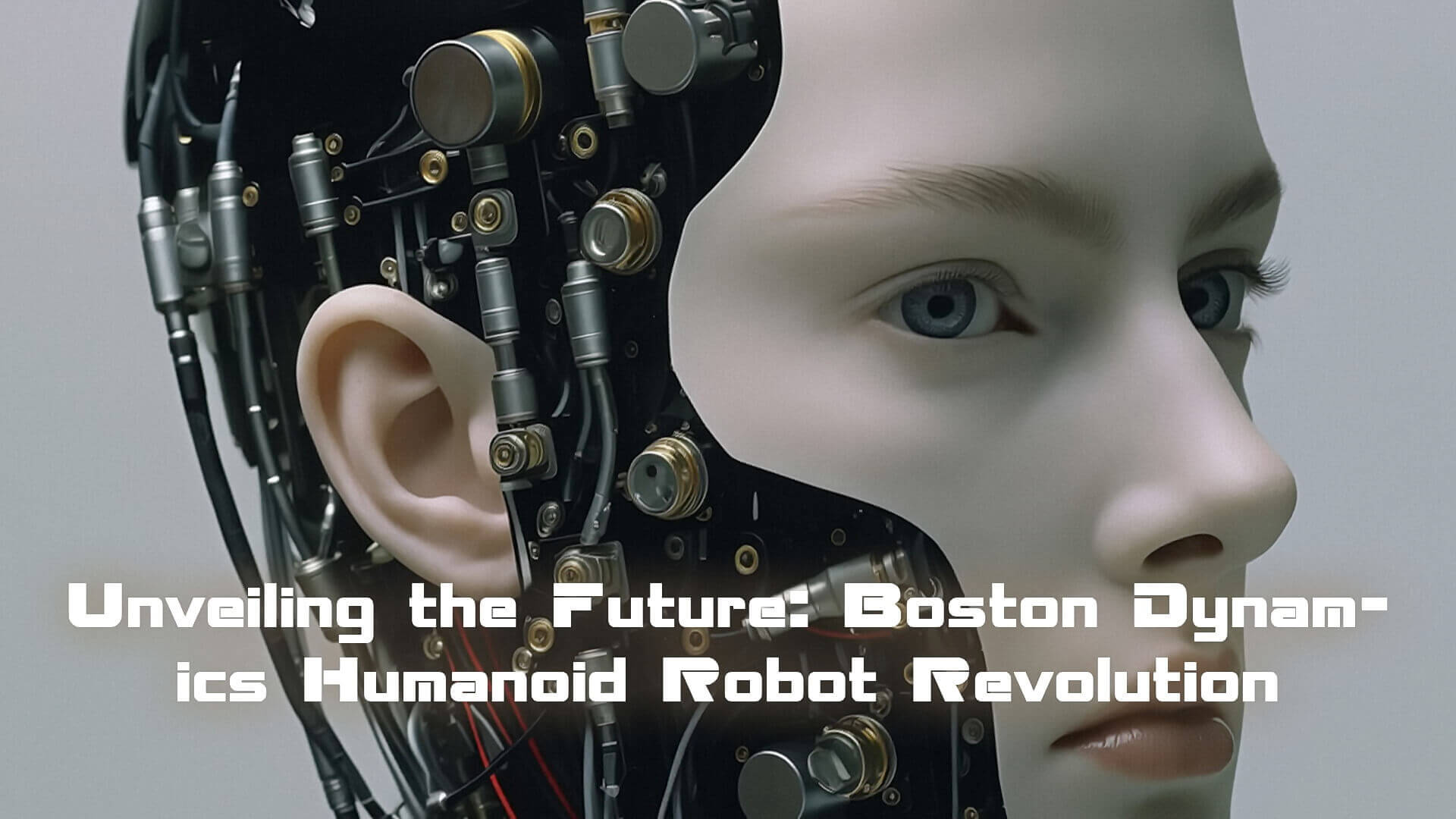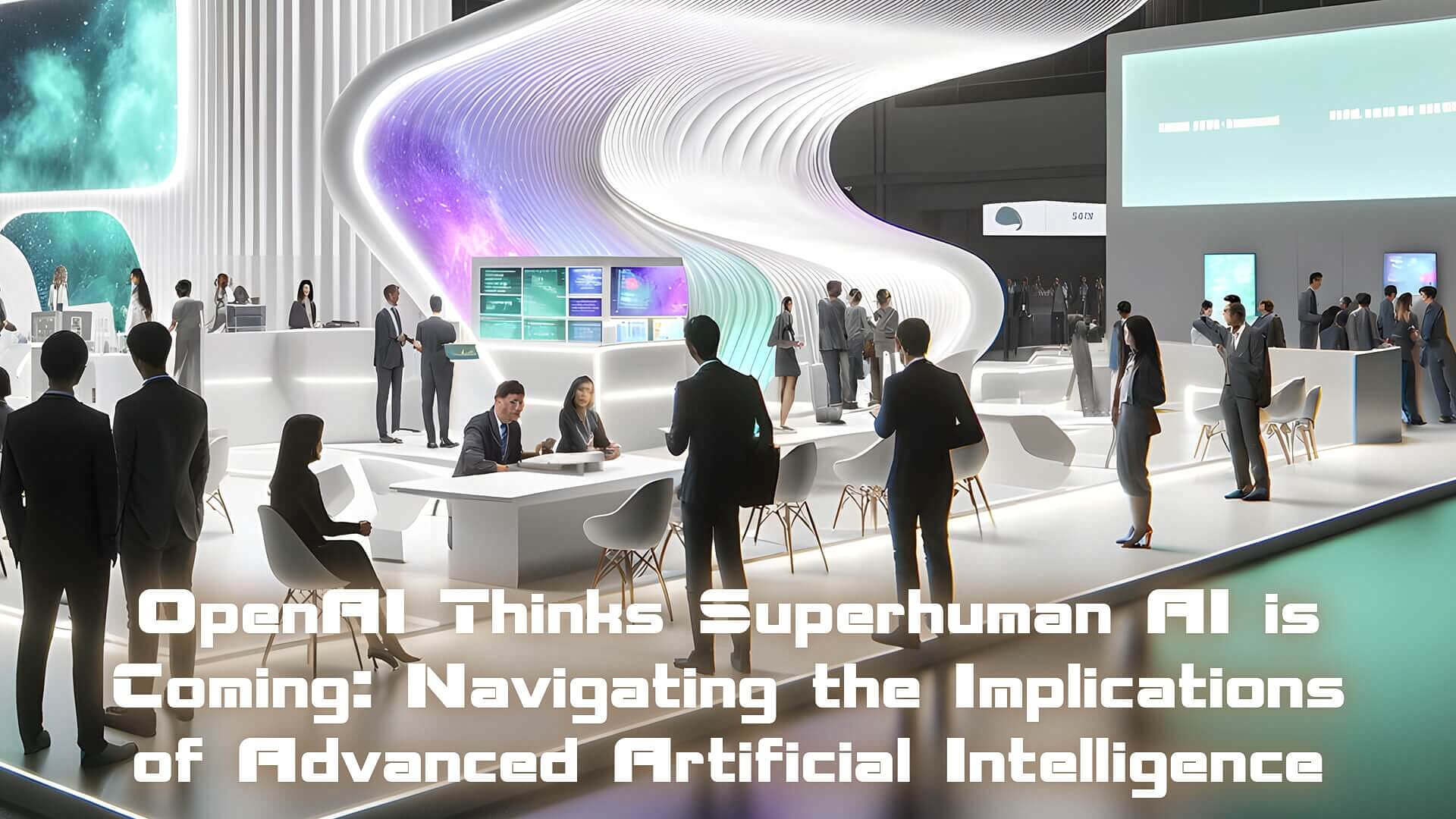Briefi: Unveiling the Future
In the realm of robotics, Boston Dynamics has emerged as a trailblazer, pushing the boundaries of innovation with its humanoid robots. This article delves into the fascinating world of Boston Dynamics humanoid robots, shedding light on their design, capabilities, and the transformative potential they hold.
Evolution of Boston Dynamics Humanoid Robots
Boston Dynamics, a pioneering robotics company founded in 1992, has been at the forefront of developing advanced robotic systems. Over the years, the company has evolved its robotic designs, culminating in the creation of humanoid robots that mimic human movements with unprecedented precision.
The journey began with robots like BigDog and Cheetah, which showcased Boston Dynamics’ prowess in creating agile and dynamic machines. The subsequent development of humanoid robots marked a significant leap forward in bridging the gap between machines and humans.
Key Features of Boston Dynamics Humanoid Robots
Boston Dynamics humanoid robots, such as Atlas, stand out for their impressive features. These include:
- Human-Like Movement: Atlas boasts a remarkable ability to navigate complex environments with human-like agility. Its advanced sensors and actuators enable it to walk, run, jump, and even perform backflips.
- Sensory Perception: Equipped with a variety of sensors, including LIDAR and stereo vision, Boston Dynamics humanoid robots can perceive their surroundings with great accuracy. This sensory awareness allows them to adapt to changing environments and make informed decisions.
- Versatility: These robots are designed for versatility, capable of executing a wide range of tasks. From navigating rough terrains to manipulating objects, Boston Dynamics humanoid robots exhibit dexterity and adaptability.
- Autonomous Navigation: The integration of advanced algorithms enables these robots to navigate autonomously, making decisions in real-time based on their surroundings. This autonomy is a crucial feature for applications in various industries.
Applications Across Industries
The versatility of Boston Dynamics humanoid robots opens up a myriad of applications across different industries. Some notable use cases include:
- Search and Rescue: The ability of these robots to navigate challenging terrains makes them valuable assets in search and rescue operations. Their agility allows them to access areas that may be hazardous for humans.
- Manufacturing: In industrial settings, Boston Dynamics humanoid robots can be employed for tasks such as material handling and assembly. Their precision and dexterity make them ideal for repetitive and precise tasks on the assembly line.
- Healthcare: Humanoid robots can be utilized in healthcare settings to assist with patient care and rehabilitation. Their ability to move in a human-like manner facilitates interaction and collaboration with medical professionals.
- Defense: The agility and versatility of these robots make them suitable for defense applications. They can be deployed in reconnaissance missions or hazardous environments where human presence may be risky.
Challenges and Ethical Considerations
While Boston Dynamics humanoid robots showcase remarkable advancements, their development also raises important challenges and ethical considerations. Issues such as privacy concerns, potential job displacement, and the ethical use of autonomous machines in various sectors need careful consideration.
- Privacy: As these robots become more prevalent, concerns about privacy may arise. The sophisticated sensors and cameras integrated into humanoid robots could be perceived as intrusive, prompting discussions about the need for regulations and safeguards.
- Job Displacement: The automation of tasks traditionally performed by humans raises concerns about job displacement. Striking a balance between technological innovation and workforce stability is a challenge that must be addressed as humanoid robots become more integrated into industries.
- Ethical Use of AI: Ensuring that humanoid robots are programmed and used ethically is of paramount importance. Transparent and accountable AI algorithms are necessary to prevent misuse and unintended consequences.
Future Implications and Innovations
The trajectory of Boston Dynamics humanoid robots points toward a future where these machines play an increasingly integral role in various aspects of our lives. As technology continues to advance, several key areas are likely to witness significant innovations:
- Human-Robot Collaboration: The future may see a seamless collaboration between humans and humanoid robots. This collaboration could extend to diverse fields, including healthcare, construction, and disaster response.
- Enhanced AI Capabilities: Ongoing research and development in artificial intelligence will likely result in humanoid robots with enhanced cognitive abilities. This could lead to more sophisticated decision-making, problem-solving, and adaptability in dynamic environments.
- Customization for Specific Industries: As the technology matures, Boston Dynamics may develop humanoid robots tailored to specific industries. Customization can enhance efficiency and address industry-specific challenges, leading to broader adoption.
- Ethical and Regulatory Frameworks: The development and deployment of humanoid robots will necessitate the establishment of ethical guidelines and regulatory frameworks. Addressing concerns related to privacy, safety, and accountability will be crucial for the responsible use of this technology.

And so
And so, Boston Dynamics humanoid robots represent a remarkable leap forward in the field of robotics. Their human-like movements, advanced sensory perception, and versatility open up a world of possibilities across industries. However, as we embrace this technological revolution, it is imperative to navigate the challenges and ethical considerations associated with the integration of humanoid robots into our daily lives. The future holds exciting prospects, with the potential for collaborative human-robot interactions that could redefine the way we live and work.



